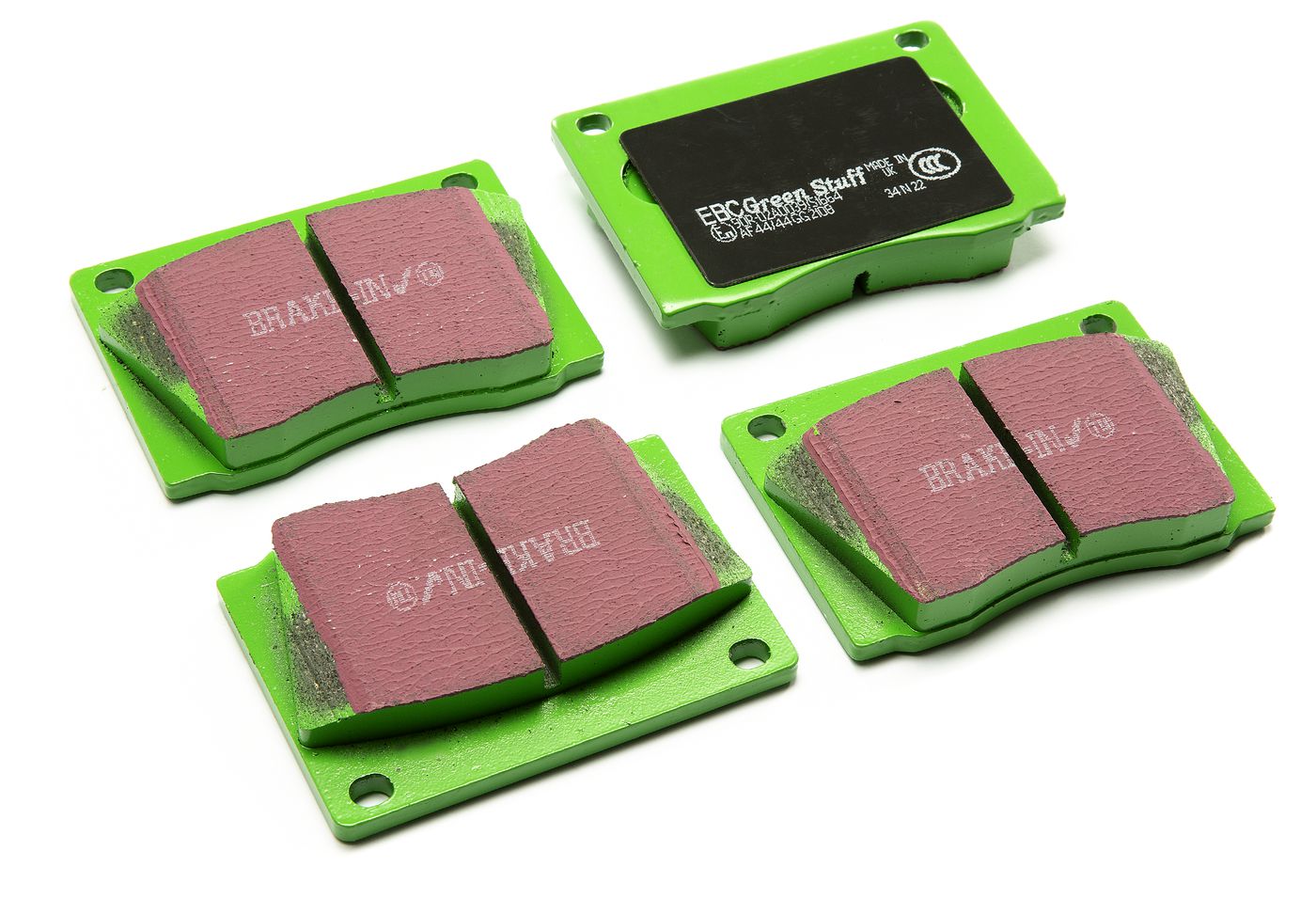Mintex Remblokken
Jaguar: E-Type 4.2 Series 2 (1968-70) • E-Type V12 Series 3 (1971-74) • 420 and Daimler Sovereign (1966-69) • XJ6: Series I (1968-72), Series II to November 1973 (2.8 to 2U50001, 4.2 short wheel base models to 2M1658, 2M50015, 2N3479 and 2N51654, 4.2 long wheel base models to 2S1088, 2S50001, 2T1525 and 2T50001) • XJ12: Jaguar Saloon to 2R50210 (LHD) and 2R1477 (RHD), Daimler Saloon to 2K50005 (LHD) and 2K1078 (RHD), Vanden Plas to 2P50001 (LHD) and 2P1151 (RHD) • S-Type from April 1968 onwards - 3.4 from 1B9191 and 1B26307, 3.8 from 1B59653 and 1B80376
Mercedes Benz: W114 and W115: 200, 220, 230, 240, 250 and 280 Saloon (1968-76)
Land Rover: with disc wheel conversions: Series I, II, IIA and III (1948-85): front and rear • 90" and early Defender 90 with Salisbury rear axle (1983-93)
Aston Martin: DB5 (1963-65) • DB6 (1965-70) • DBS six cylinder models to chassis no. CH5284
TVR: Tasmin Series 2 (1981-84) • 280i Series 2 (1982-87) • 350i (1983-85)
Volvo: Vehicles with Girling single circuit brakes: Amazon (1964-68) • P1800 and P1800S from chassis no. 7000 to 12436 (1963-68)
Lotus: Elite (1973-82) • Excel (1982-93)
Alfa Romeo: 2600: Spider, Berlina and Sprint (1961-69) • Giulia 1600 (1962-65)
Rover: P5B (1967-73) • P6 3500 V8 models (1968-77)
Jensen: Interceptor Mk1, Mk2 and Mk3 (1966-76)
Austin: 3-litre (1967-71)
Bristol: 409 (1965-67) • 410 (1968-69) • 411 (1969-76)
front - M1802 (formerly M1144) specification. Identification: 3 piston caliper
The Mintex brand is the most famous when it comes to motorsport. Through intense Research and Development Mintex materials cater not only for Original Equipment and Aftermarket needs but at the other extreme for competition purposes. It is from motorsport that the latest family of Mintex materials have been developed. Known as C-Tech, these materials cover a whole spectrum of vehicles from a typical small hot hatchback for normal day to day use, through to a fully race prepared 700 bhp racing machine.
M1802 (formerly M1144) is the material for fast road use as well as light competition such as karting, hill climb and single seater racing cars. One of the main characteristics of this material is the ability to work from cold, which gives the user the confidence of a standard material on the first application of the brakes. The benefit of M1802 is experienced as the temperature within the brakes starts to increase. M1144 will remain stable and consistent through to 450° C where a standard material at this temperature will most certainly start to fade. The bedding in procedure for M1802 is the same as any standard material i.e. steady braking for the first 50 miles, avoiding emergency stops. All M1144 pads are supplied with fully branded C-Tech anti noise shims and a C-Tech sticker.
M1155 is purely designed for competition use and under no circumstances should be used for normal road applications. Applications such as Group A and N rally cars and circuit saloons best suit this material. M1155 has a similar friction level to M1144 but remains consistent to a maximum operating temperature of 550°-600° C. Like M1802 there are no special bedding in procedures for M1155.
The F4R Carbon-Metalic compound is very easy to bed and is very user friendly making it suitable for club racing and light vehicle application. Fade resistant at temperatures exceeding 1000 degrees C. F4R offers a high level of pedal feel, high overall friction and stability over a broad range of temperatures with long pad life.
Accessory Mintex Remblokken

Alternative products



